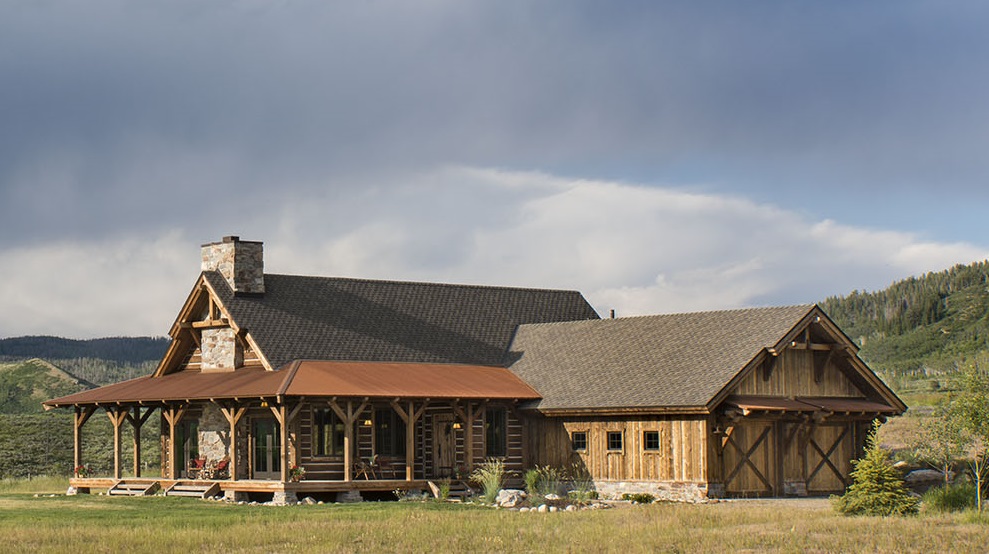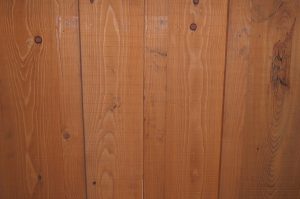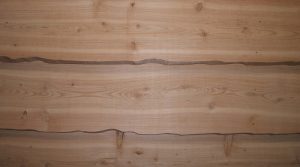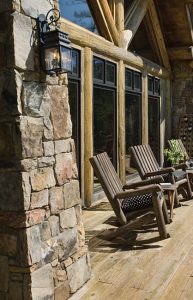
One attribute that defines mountain-style homes is the variety of exterior finishes used, and combined, which give a high-country look. The visual interest created by a mix of natural materials – and sometimes a little steel or copper, for a shiny “pop” – gives these homes character. It is often what first calls our attention to a mountain-style home. However, if you are not familiar with the available options, achieving that look for your own log or timber home is daunting.
Start Your Dream Home Today with PrecisionCraft!
Vertical and Horizontal Siding
Two exterior treatments often used to great effect on mountain-style homes, from Appalachian rustic to eco-contemporary, are board-and-batten and skirl.


Shake Shingles
Shaker shingles or “shake” is another wood product that gives character to both walls and roofs. Shake, often associated with eastern North America, has been in use since Colonial times. They are a good choice if you aspire to an Adirondack lodge look. Applied in rows with each one overlapping the last, shake creates a subtle effect and is a nice contrast to the long lines of siding.

Stone
Stone evokes the ruggedness and permanence associated with a mountain style home. Today, stone veneer is often selected over natural stone. Stone veneer offers the same look without adding weight to the building or dollars to the bottom line. Some veneers are natural stone. Concrete cast in detailed rubber molds made from actual stone is the other type of veneer. Because of the intricacy of the molds and the iron oxides used to color the concrete, the man-made stone products are often indistinguishable from natural stone. Man-made stone is far lighter than whole stones so direct application to the wall is possible. Real stone may require a supporting foundation. Faux stone is also used for walkways and patios.
Metal
Metal roofing offers another dimension to mountain homes. Using copper on entry gables or corrugated steel on porch overhangs, for example, creates a nice contrast to the high texture of wood and stone.
Exterior finishes are the first thing that people see when approaching your home. They create the difference between an average house or one travelers stop to “Oooo” and “Ahh” over.
Consider how you want your home’s exterior to look early in the process. Then, chose an architect experienced in mountain-style homes and the harmonious mixing of these exterior finishes. After all, shouldn’t the outside of your home be as compelling as the inside?
